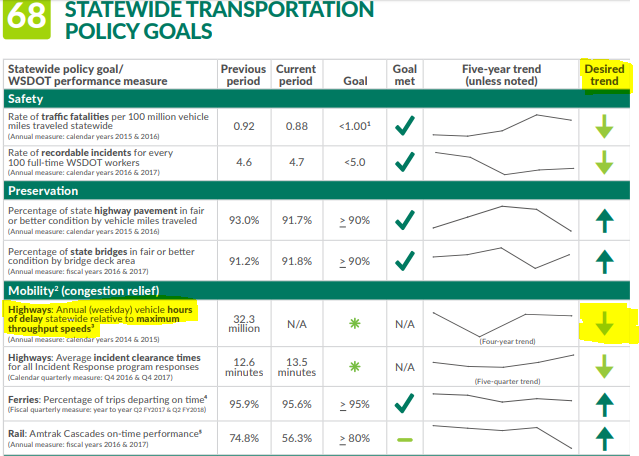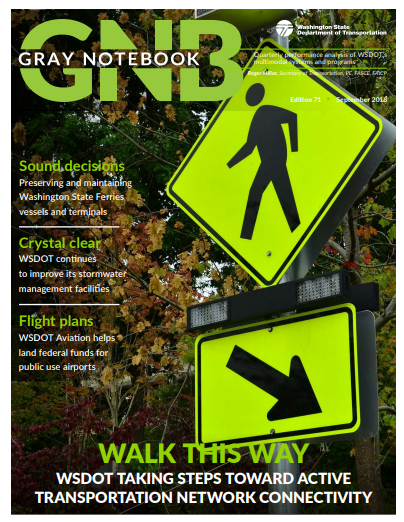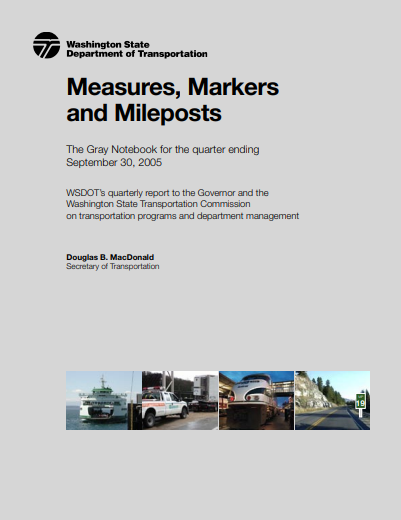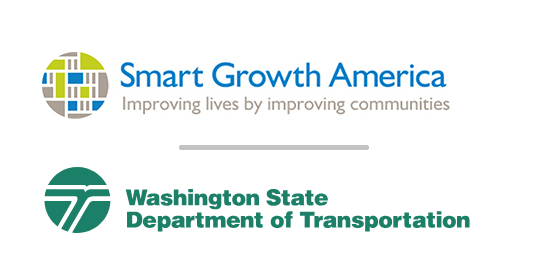This ran as an op-ed in the December Yakima Valley Business Times
It is no mystery that under Secretary Roger Millar, the Washington State Department of Transportation (WSDOT) is no longer focused on being the best possible road agency it can be. Instead, Secretary Millar is giving WSDOT a “bit of a facelift” in the agency’s new strategic plan. This includes changing its vision statement to “Washington travelers have a safe, sustainable and integrated multimodal transportation system” – not a system that makes your trip faster.
In other words - WSDOT is increasingly indistinguishable from any other transit agency or interest group in our state.
The so-called "facelift" also includes launching WSDOT's new strategic plan goals of inclusion, practical solutions and workforce development (I imagine bringing on an artist-in-residence meets some of these goals).
Additionally, and perhaps a bit more quietly, WSDOT officials are no longer reporting on the hours drivers spend delayed in traffic congestion. The agency can’t be (and clearly does not want to be) held accountable for delays. What can't be measured, can't be improved.
Traffic congestion delays are usually reported in WSDOT's quarterly publication called the Gray Notebook. Transportation officials report how they are making progress on our state’s abstract transportation goals – Safety, Preservation, Mobility (congestion relief), Environment, and Stewardship.
Under the goal of Mobility, WSDOT normally reports “annual (weekday) vehicle hours of delay statewide.” The desired goal is, of course, to reduce those delays (although WSDOT has refused to set a target reduction goal they should meet).

Due, in part, to public officials choosing to manage rather than reduce congestion, traffic has gotten worse. Rather than working to reduce delays, WSDOT officials simply removed the metric and replaced it with the goal of reducing vehicle miles traveled (VMT), or how much you drive. They appear to have made the change this year. The public will now have to look a little harder to find traffic delay information, namely in WSDOT's obscure Biennial Transportation Attainment Report.

This is a disappointing but unsurprising choice by an agency being led by the former Vice President of Smart Growth America – a group WSDOT has partnered with that does not support policies that relieve traffic congestion, and instead advocates for crowded living and walking, biking, or taking transit. WSDOT's restricting and pricing lane capacity, and refusing to provide relief to families who drive, is completely in line with this ideology. It is no wonder Secretary Millar has removed from the Gray Notebook the one metric that has shown ever-worsening gridlock under his leadership. This is a reflection of the agency's priorities.
WSDOT’s newly released edition of the Gray Notebook (edition 71, pictured below) can be found here.

For a fun and somewhat nostalgic comparison, check out Gray Notebook 19, written 15 years ago under former WSDOT Secretary Doug MacDonald. At that time, WSDOT officials cared about reducing delays, and concentrated on “reporting the effectiveness of congestion relief programs in support of reliable travel times and greater system efficiency for commuters.” The annual update on measuring delay and congestion can be found on page 58.







